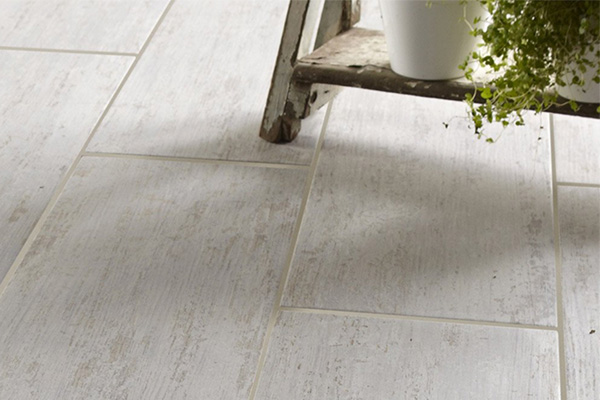Reducing the biodegradability of products
All materials generally have complex assemblies of raw materials (eg, plasticizers, diluents, stabilizers, surfactants …).
The assembly of these molecules allowing to obtain products stable in time.

However, during their use, customers sometimes detect the developments of microorganisms including moulds on these products. This is the case especially in hot and humid regions (tropics), but also in our latitudes.
The developments of microorganisms on materials have 2 consequences: a visual degradation with the appearance of colored spots degrading the image but also mechanical damage and therefore premature attrition of the product.
To limit these microbial growth, it is possible to add fungicides. Nevertheless, it is important to work with the least possible edible raw materials (less used as nutrients by mould). The combination raw materials poorly biodegradable-fungicides is the best to obtain the more resistant materials.

A customer detected mold growth on its materials (floorings) laid in Southeast Asia. CONIDIA has thus accompanied the customer with a study in several phases to determine the combination of raw materials the most resistant to mold growth.

First, our laboratory has isolated and identified strains of fungi responsible for the damage. The conservation of these strains in our culture collection allows to have a microbial mix specific to the customer perfectly adapted to its problems and the ecosystem in which the product evolves.
During this first stage, eight different strains of moulds contaminating the product have been identified.

Secondly, it was necessary to test the interaction between mold strains and different raw materials used in the composition of the flooring (over 10 in total).
For this, CONIDIA used an internal innovative tool images analysis called CONID’EYE. This tool combined with the expertise of CONIDIA was used to test each isolated strain with each raw material is more than 80 combinations.

The method allowed to have results in less than a month by identifying two types of risky raw materials about the twelve used in the composition of this technical textile.
The customer then decided to complete the work with a study of a screening efficacy of fungicides (active molecules against moulds) used in these materials. The market for biocides being very competitive, CONIDIA provides independent expertise to compare the effectiveness of solutions in a single stage of study. The advantage of the method is double with saving time on the selection of biocides as well as savings by reducing the number of reference specimens (samples) to be performed by the customer. In 2 to 4 weeks, full results are available to select the most effective 2 references.

In the end, our client was able to change the composition of its technical product with less edible raw materials and the most effective fungicide to significantly reduce the biodegradability of the final product.
Since our intervention, improving product quality has enabled our client to increase its 15% market share.
Let's work together !
If you have any needs or questions about environmental microbiology, contact us and we'll provide you with the answers you need.
